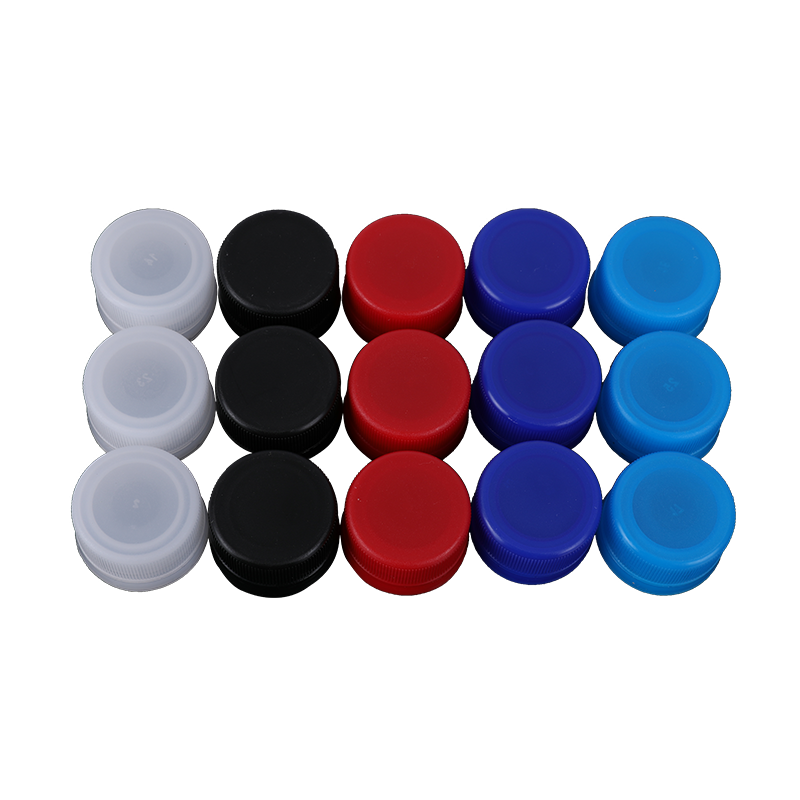Plastic is a commonly used chemical raw material. It is a polymer organic material formed by the polymerization of one or several monomers under certain reaction conditions. Due to its light weight, low price, and excellent performance, it is used in the national economy. Occupies an important part.
1. Conventional varieties and classifications of plastics
In daily life, most of the plastics that we can directly touch or perceive are conventional general-purpose plastics, mainly including five categories: PE, PP, ABS, PVC, and PS. These five categories of plastics account for the vast majority of plastic raw materials. , The rest can basically be classified into special plastic varieties, such as: PPS, PPO, PA, PC, POM, etc., they are used in daily life products very little, and are mainly used in high-end fields such as engineering industry and national defense technology, such as Automotive, aerospace, construction, communications and other fields. According to its plasticity classification, plastics can be divided into thermoplastics and thermosetting plastics. Under normal circumstances, thermoplastic products can be recycled, while thermoset plastics cannot. According to the optical properties of plastics, they can be divided into transparent, translucent and opaque raw materials, such as PS, PMMA, AS, PC, etc. which are transparent plastics , And most other plastics are opaque plastics.

2. Performance and use of commonly used plastic varieties
1. Polyethylene: Commonly used polyethylene can be divided into low pressure polyethylene (HDPE), high pressure polyethylene (LDPE) and linear high pressure polyethylene (LLDPE). Among the three, HDPE has better thermal, electrical and mechanical properties, while LDPE and LLDPE have better flexibility, impact properties, film-forming properties, etc. LDPE and LLDPE are mainly used in packaging films, agricultural films, plastic modification, etc., while HDPE has a wide range of applications, such as films, pipes, and injection daily necessities.
2. Polypropylene: Relatively speaking, polypropylene has more varieties, more complex uses, and various fields. The varieties mainly include homopolymer polypropylene (homopp), block copolymer polypropylene (copp) and random copolymer polypropylene ( rapp), according to different uses, homopolymerization is mainly used in the fields of wire drawing, fiber, injection, BOPP film, etc., copolymer polypropylene is mainly used in household appliances injection parts, modified raw materials, daily injection products, pipes, etc., random polymerization Propylene is mainly used for transparent products, high-performance products, high-performance pipes, etc.
3. Polyvinyl chloride: Because of its low cost and self-flame retardant properties, it has a wide range of uses in the construction field, especially for sewer pipes, plastic steel doors and windows, plates, and artificial leather.
4. Polystyrene: As a kind of transparent raw material, it has a wide range of uses when there is a need for transparency, such as automobile lampshades, daily transparent parts, transparent cups, cans, etc.
5. ABS: It is an engineering plastic with a wide range of uses. It has outstanding physical mechanical and thermal properties. It is widely used in household appliances, panels, masks, assemblies, accessories, etc., especially household appliances, such as washing machines, air conditioners, refrigerators, etc. Electric fans, etc., are used in huge quantities, and they are also widely used in plastic modification.